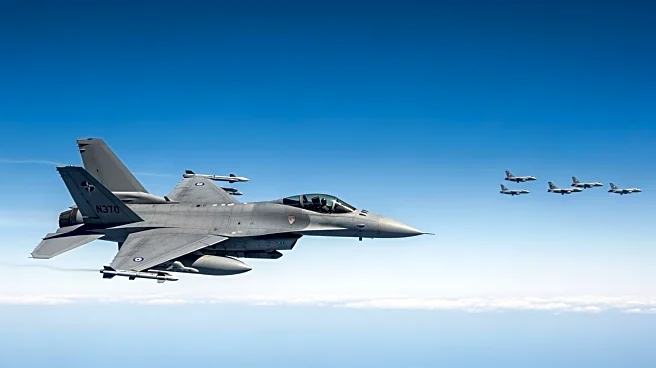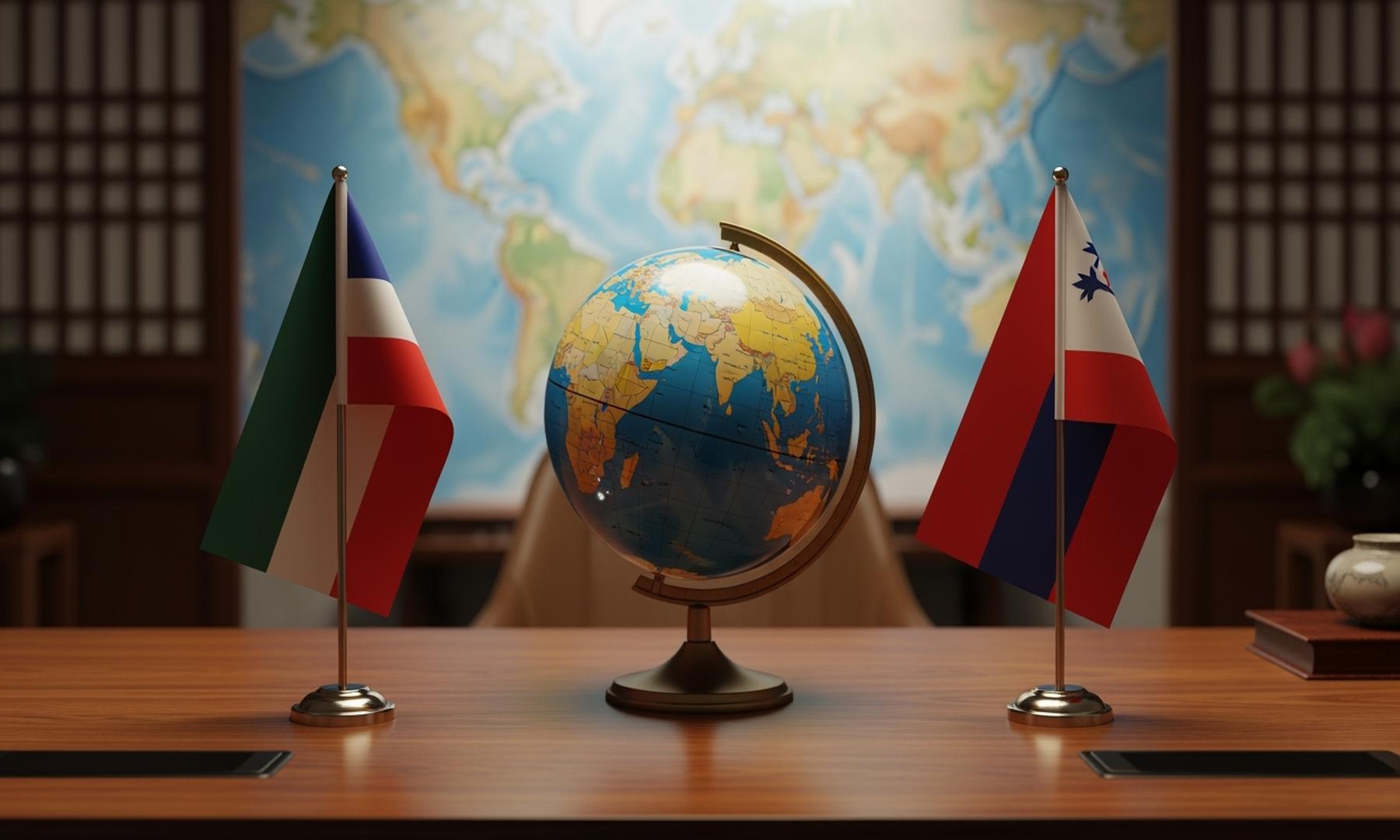What's Happening?
On October 23, 2025, Russian military aircraft briefly violated Lithuanian airspace, according to the Lithuanian Ministry of National Defence. The incident prompted a rapid response from NATO jets on patrol.
Lithuanian President Gitanas Nausėda condemned the violation, calling it a breach of international law and territorial sovereignty. This event follows a similar breach in Estonia in September 2025, where Russian MiG-31 fighter jets entered Estonian airspace, drawing condemnation from NATO. Airspace violations in the Baltic region are rare but sensitive due to heightened tensions since Russia's invasion of Ukraine in 2022.
Why It's Important?
The violation of Lithuanian airspace by Russian aircraft underscores ongoing regional tensions and the importance of NATO's air defense readiness in the Baltic states. Such incidents highlight the fragile security environment in Eastern Europe, where NATO's presence is crucial to deter potential aggression. The breach may lead to increased military vigilance and further strain diplomatic relations between Russia and NATO member countries. Lithuania's response, supported by NATO, demonstrates the alliance's commitment to protecting its members' territorial integrity.
What's Next?
Lithuania and other Baltic states may seek to strengthen their air defense capabilities and increase cooperation with NATO allies. The incident could prompt discussions within NATO regarding enhanced surveillance and rapid response measures in the region. Diplomatic efforts to address airspace violations and prevent future incidents may also be pursued. Russia's denial of the incursion suggests potential diplomatic challenges in resolving such disputes.
Beyond the Headlines
The incident raises questions about international airspace laws and the protocols for handling violations. It may also impact regional security policies and NATO's strategic planning in Eastern Europe. The event could influence public opinion in Lithuania and neighboring countries regarding defense spending and military alliances.











